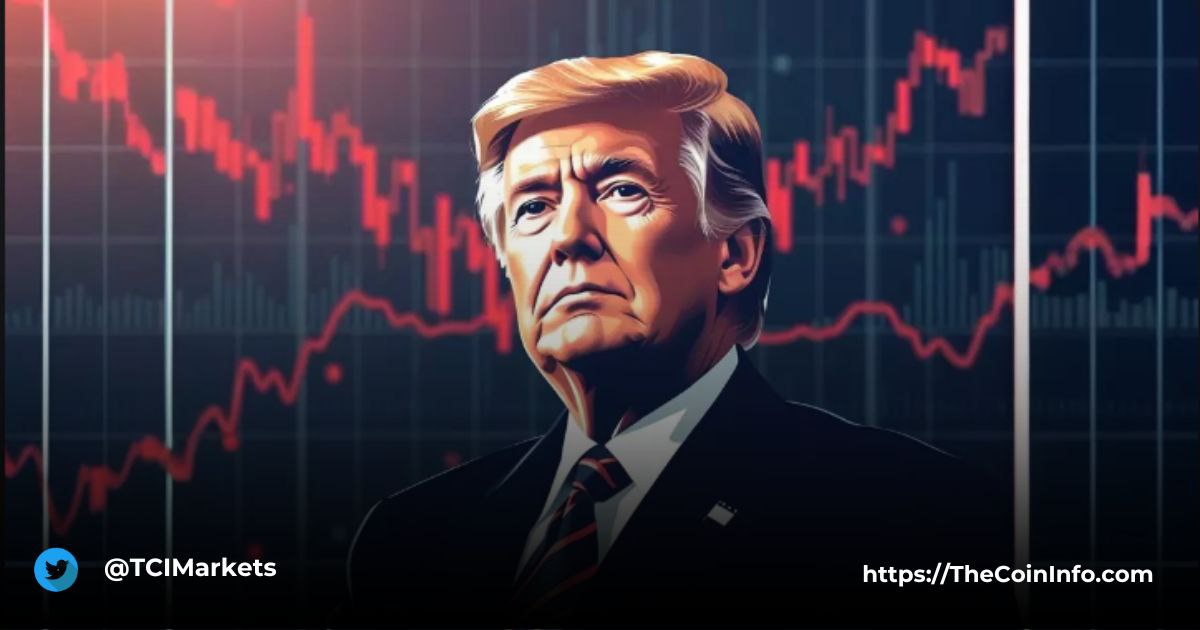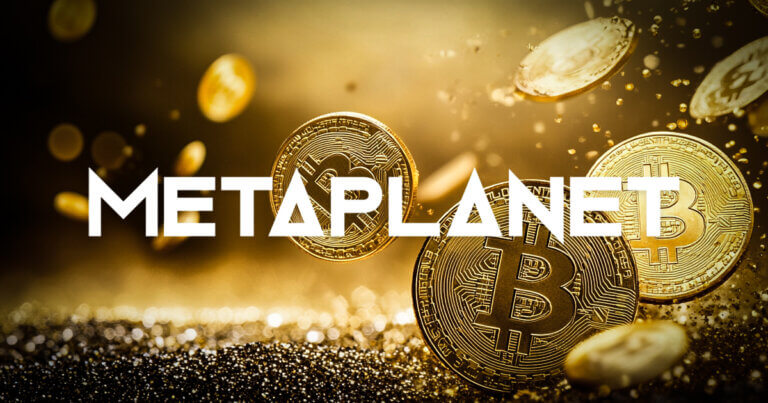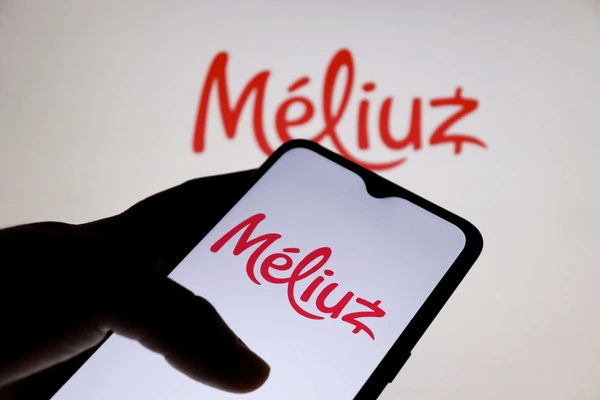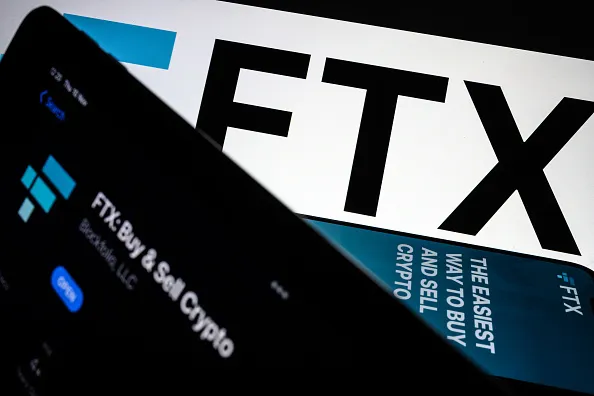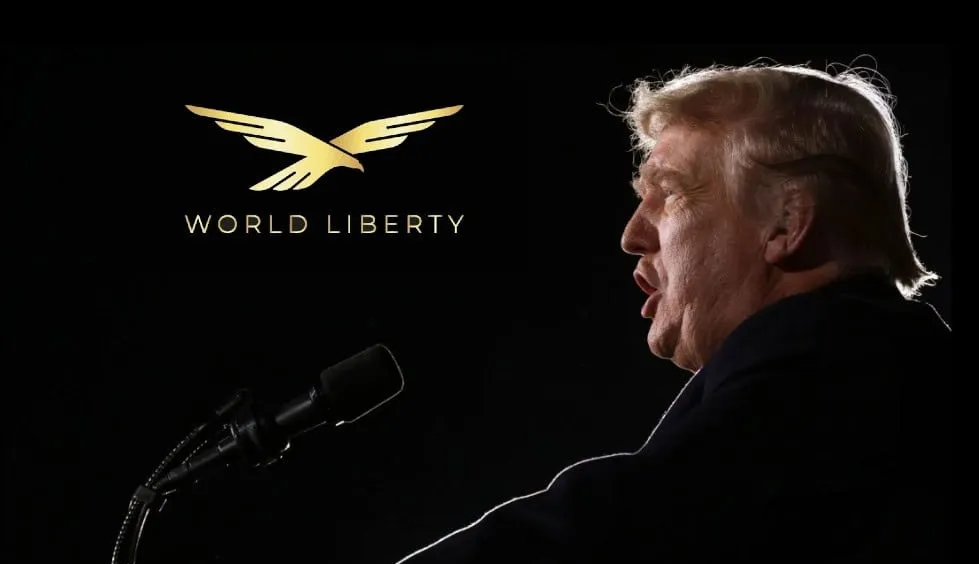Donald Trump is reportedly waging a “quiet and consistent war” on the Federal Reserve, not through direct confrontation but by reshaping the fundamentals of U.S. macroeconomic policy.
According to Nigel Green, CEO of financial advisory firm DeVere Group, Trump’s economic playbook revolves around two overlooked strategies: stablecoins and cheap oil. These twin pillars aim to enhance U.S. monetary dominance and control inflation, potentially allowing Trump to bypass the Federal Reserve’s influence without changing its leadership.
Stablecoins as a Weapon of Monetary Dominance
Green believes that yield-bearing stablecoins will play a crucial role in Trump’s second-term economic strategy. These digital dollar assets, which generate interest through tokenized U.S. Treasury bills, do more than simply mirror the dollar’s value. They create new global demand for the greenback by offering yield to investors, DeFi platforms, and financial institutions.
“This is transformative,” Green explains. “It means that anyone—including retail users, global investors, and DeFi platforms—can hold a dollar-based asset that earns interest, often automatically and seamlessly.”
According to Green, this stablecoin-driven approach serves three key purposes:
- Boosting demand for U.S. Treasuries – Supporting the U.S. debt market as deficits continue to rise.
- Suppressing interest rates – Achieving a long-time Trump goal by using market-based incentives instead of Federal Reserve policy.
- Cementing the dollar’s dominance – Establishing the digital dollar as the global reserve currency in a rapidly evolving financial system.
By making U.S. Treasuries accessible through stablecoins, Trump’s strategy could reshape global finance, attracting international capital flows while reducing reliance on traditional monetary policies.
Oil as a Lever for Inflation Control
While stablecoins represent a digital strategy, Trump’s most familiar economic weapon is oil. Green argues that Trump sees cheap oil not just as a stimulus tool but as a mechanism for controlling inflation.
By pushing for lower oil prices through increased domestic production, diplomatic pressure, and market influence, Trump could keep business costs low and reduce the need for Federal Reserve intervention.
“Cheap oil fuels everything,” Green states. “It’s inflation control by brute force.”
Low energy costs would enable businesses and consumers to spend more, potentially stimulating economic growth while keeping inflation in check. This aligns with Trump’s broader economic philosophy of reducing government intervention and promoting market-driven solutions.
Bypassing the Federal Reserve’s Control
By simultaneously manipulating demand (through stablecoins) and controlling supply (via cheap oil), Trump is constructing an alternative macroeconomic system that bypasses the Federal Reserve’s traditional tools.
“He’s not firing Jay Powell,” Green concludes. “He’s building a parallel system. It’s remarkably coherent.”
As the 2024 election cycle intensifies, these strategies may offer a glimpse into Trump’s potential second-term economic policies. If implemented, they could reshape U.S. monetary policy and redefine America’s financial dominance—without ever changing the leadership of the Federal Reserve.
For more insights into crypto, stablecoins, and economic policy, visit TheCoinInfo.


